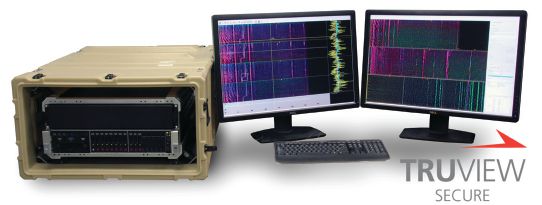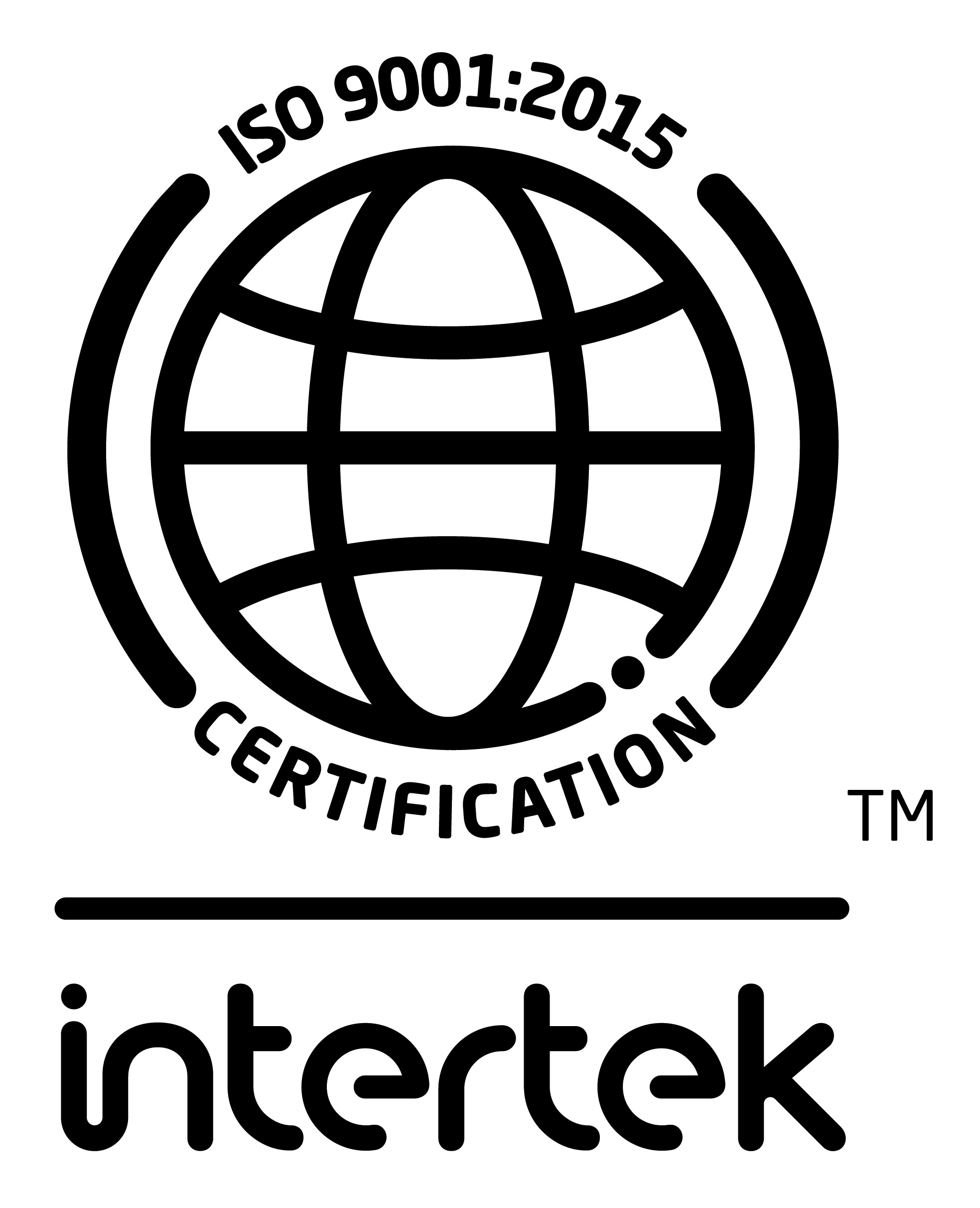F rom basement beginnings to becoming a leading provider of end-to-end sonar systems, Nova Scotian company, GeoSpectrum Technologies Inc. has found the solution to a challenge that many people in the Anti-Submarine Warfare (ASW) community are trying to solve—How can I have a sonar system that’s always modern?
Keeping up to speed with evolving technologies and new product developments is a common challenge for many working in the ocean industry. To answer the question, you not only need an intimate understanding of the technical aspects of what you’re designing—in this case sonar systems—but also how to operate them in real-world scenarios. That’s where the team at GeoSpectrum comes in.
With Subject Matter Experts (SMEs) in sonar operations and numerous former members of the Canadian Military in their employee roster, VP of Sonar Processing, Joe Hood, Capt. (retired) and his software team have provided the missing piece to the ASW puzzle.
Hood’s former research and defense company, Akoostix Inc., started to make waves in the industry with a primary focus on providing service work to Canada’s Acoustic Data Analysis Centre (ADAC) and Defense Research and Development Canada (DRDC). Akoostix’s key innovation was (and still is) TruView—a rapid postanalysis processing system designed to process data from virtually any type of sonar.
The company found themselves operating in a niche market, which ultimately led to the acquisition by GeoSpectrum over seven years ago. Since then, GeoSpectrum has positioned itself as a full-service provider of military-grade sonar systems.

RecView runs on commercial-off-the-shelf (COTS) hardware and is designed to quickly generate an accurate, common tactical picture. (Photo credit: GeoSpectrum)
Designing Systems That Scale
With a desire to keep their technology flexible, the sonar systems designed by GeoSpectrum aren’t just for tracking submarines. The research and defense work from the early Akoostix days remains one of the main driving forces behind software development. Afterall, the company’s core sonar processing comes from legacy work with DRDC and the continuation of that relationship helps GeoSpectrum stay on top of leading innovations and developing trends in the defense research community.

TruView, Geo Spectrum’s flagship software product, can process data from virtually any type of sonar. (Photo credit: GeoSpectrum)
With experience in all three corners—military, science, and industry— Hood identified a strong business opportunity for a more adaptable system, one that could scale and process many different types of sonars using the same core software, without a need to completely overhaul the system.
“The systems that I was using in the military were horribly out of date, and there was no real hope of upgrading them…. I didn’t feel it was being done as well as it could be done,” Hood reflects.
That’s the beauty of designing systems that scale in both directions. GeoSpectrum has leveraged their technology to provide small battery operated processors, cost-effective desktop solutions for commercial and scientific applications, and multi-million-dollar sonar systems for ASW—and the sonar processing is being done using essentially the same software. Hood jokingly compares this to “not throwing the baby out with the bath water.”
With the framework already in place from TruView, GeoSpectrum introduced Rec View to its product line: a real-time, integrated sonar processing system with tactical picture management.
RecView presents data in an intuitive format and provides special features and tools so that operators can work with and fuse data from all sonar systems to quickly generate an accurate, common tactical picture. RecView runs on commercial-off-the-shelf (COTS) hardware and is designed for regular upgrades to avoid obsolescence issues.
With RecView being most commonly used to support real-time combat, it means that critical decisions are being made on short timelines. Operators need to trust that the information being presented to them will allow them to make sound decisions. GeoSpectrum has spent a considerable amount of time behind the screens, making sure their system makes sense to an operator. As Hood puts it: “When a sonar operator sits down at one of our systems, our goal is for it to be easier and more intuitive to use.”
What seems like routine work—learning how to operate your own system—can sometimes get overlooked, which is why Geo-Spectrum’s hands-on approach is such a critical part of their design and testing process.
Human Factors Provide The Edge
With a dedicated in-house team of sonar SME’s, scientific data analysts, developers, quality assurance professionals, and project managers leading software development, GeoSpectrum takes pride in conducting sonar trials on its own proprietary systems.
When an extra set of hands are needed, they employ the expertise of professional Human Factors Engineers from Human Systems Inc.® who have been working with the GeoSpectrum software team since the inception of Akoostix. Their added knowledge and experience bring further insight in how to design and improve the operator experience, and it’s certainly paid off, with high praise from Hood: “The best compliment that I’ve received about our systems is that it looks like it was designed by a sonar operator.”
The Ocean’s The Limit
While GeoSpectrum continues to ensure that the systems they have in service today stay up to date, they are always looking ahead for future options to enhance their sonar systems. With a commitment to supporting research and defense applications, the company plans on taking full advantage of advancements in a variety of developing areas, such as machine learning and sonar processing, to feed future growth and innovation.
From a service-based research and defense prototype to full-service military-grade sonar systems, GeoSpectrum has put a substantial pin in the ocean technology map, by providing end-to-end sonar solutions to the global market. With over 20 systems in service and under contract, from North America, South Asia, Southeast Asia, Europe, and the Baltic Region, it is full steam ahead for the team at GeoSpectrum.


